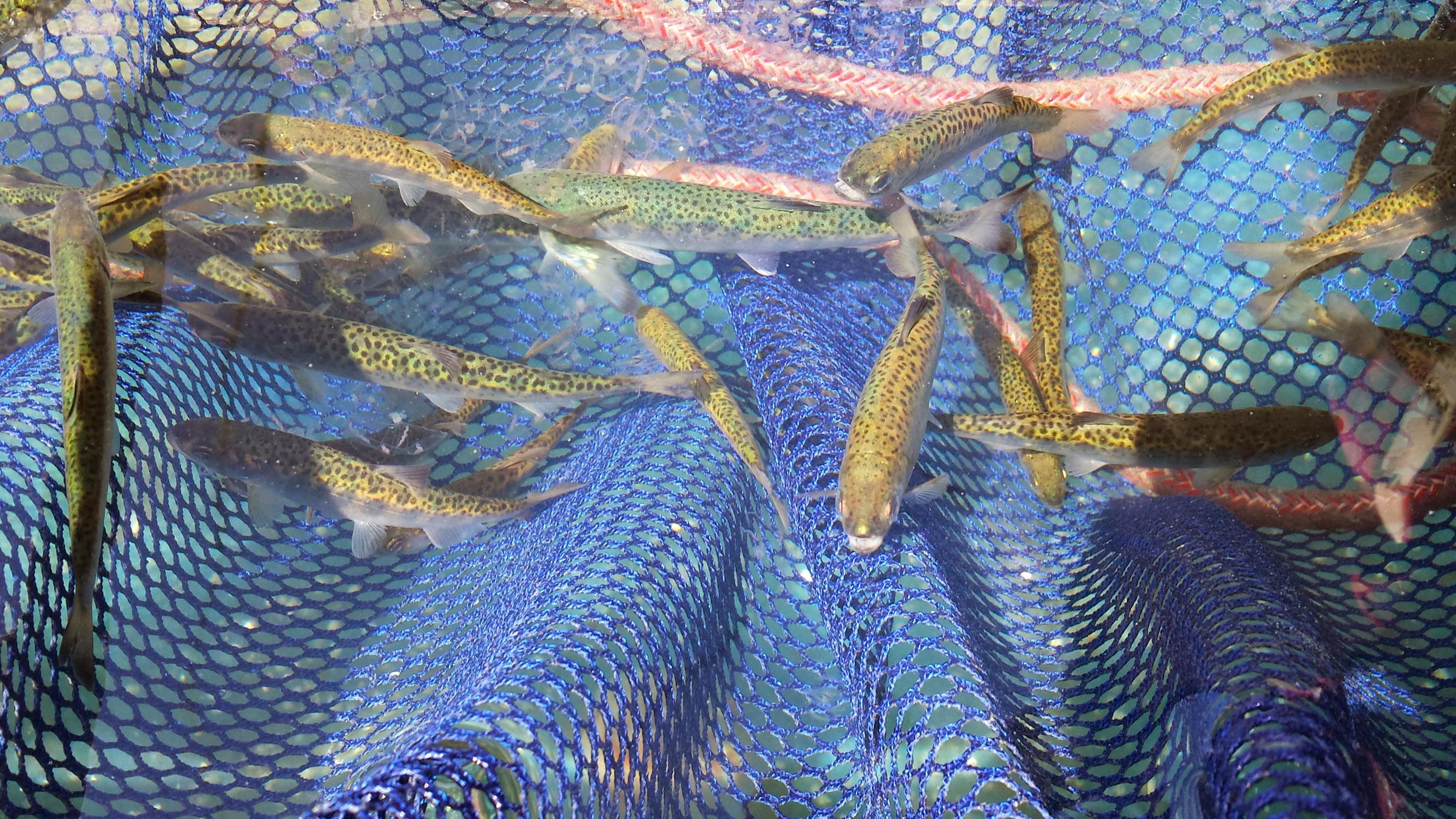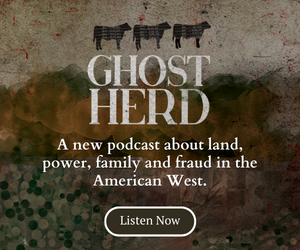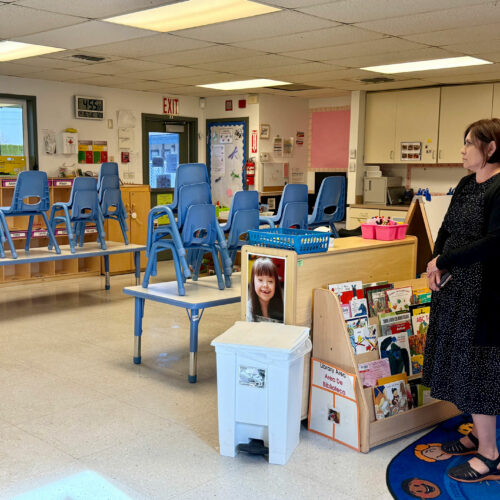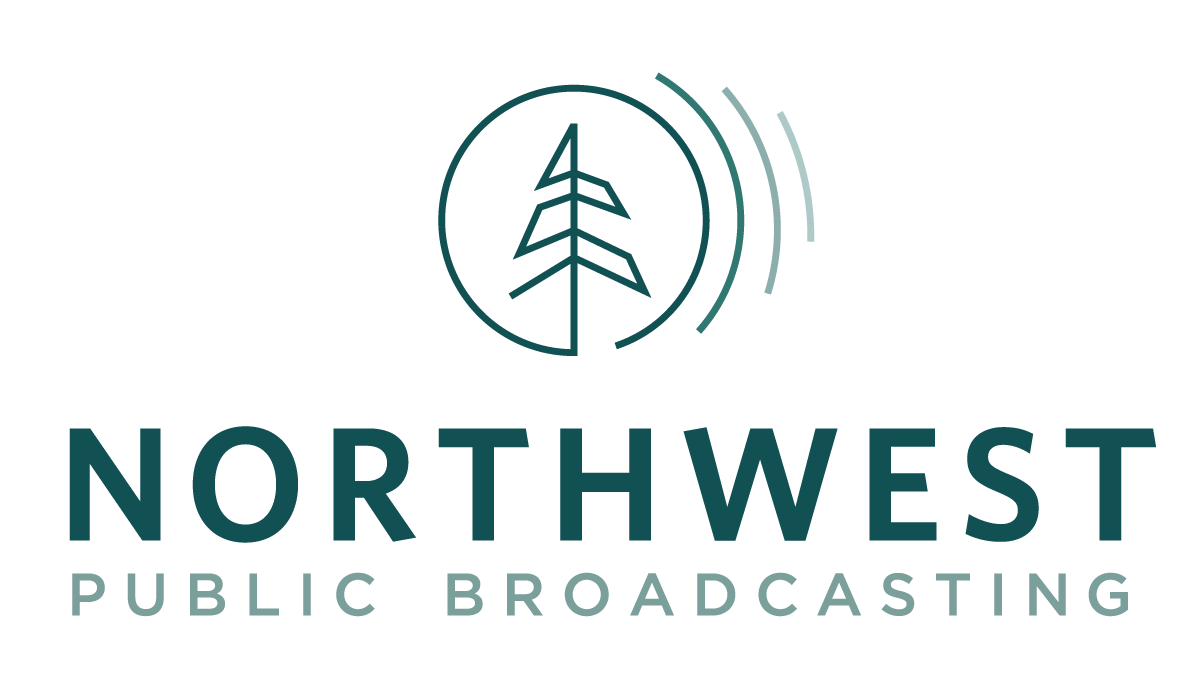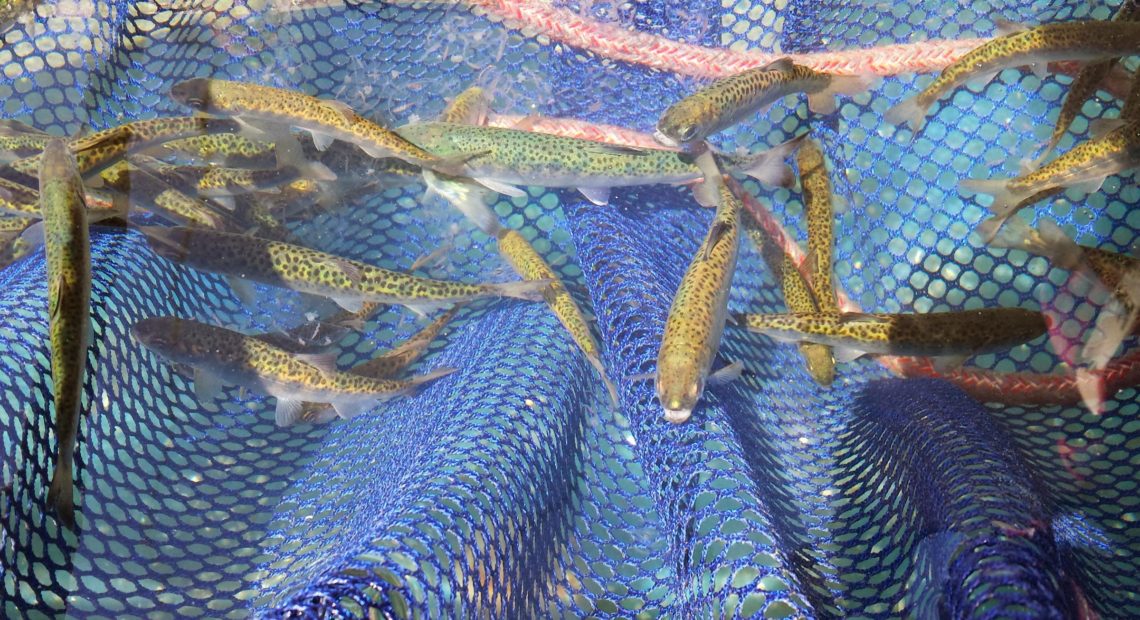
Could Artificial Intelligence Help Boost Salmon Recovery?
Can artificial intelligence enhance salmon recovery in Puget Sound? Sounds futuristic (and outlandish), but a grant from Microsoft’s new “A-I for Earth” initiative is supporting the work of the Salish Sea Marine Survival Project.
Sixty different entities in that project have been collaborating for nearly a decade, trying to solve the mystery of why so many juvenile salmon die after they swim out to the ocean. They have large amounts of data about things like water quality, prey and availability of food.
Michael Schmidt, deputy director of the non-profit Long Live the Kings, says Microsoft’s Azure platform is vastly improving the efficiency, speed and scalability of computer models they use to make that data meaningful.
“Machine learning is often applied to areas where you have lots of uncertainty, where there is lots of unknown and where you’re trying to process a lot of information,” Schmidt said. “Those are the two things. And that’s exactly what we’re trying to do. We’re trying to understand a very complex ecosystem with a limited amount of information and basically put the puzzle together.”
Scientists have observed a steep drop in survival rates of three species of salmon since the 1980s. Chinook, Coho and Steelhead are all in decline.
Microsoft launched its “A-I for Earth” initiative in July 2017, a pledge to support sustainability around the world with $50 million dollars in grants over 5 years.
Copyright 2017 KNKX
Related Stories:

Pacific Northwest author’s new novel captures atmosphere of the region
On a gray, early spring morning, I drove to Steilacoom, Washington, to catch the ferry to Anderson Island. I boarded alongside the line of other cars and after parking, stepped out onto the deck of the boat. The ferry pushed off from the dock and rocked a little in the Puget Sound before steadying.
I took this journey to the real Anderson Island to see from the water what inspired Northwest author Kirsten Sundberg Lunstrum’s new novel, “Elita,” which was published earlier this year. Sundberg Lunstrum was inspired while sailing around the Puget Sound to write a mystery novel on an island.
Sundberg Lunstrum read excerpts of the book at a gathering at Tacoma’s Grit City Books.
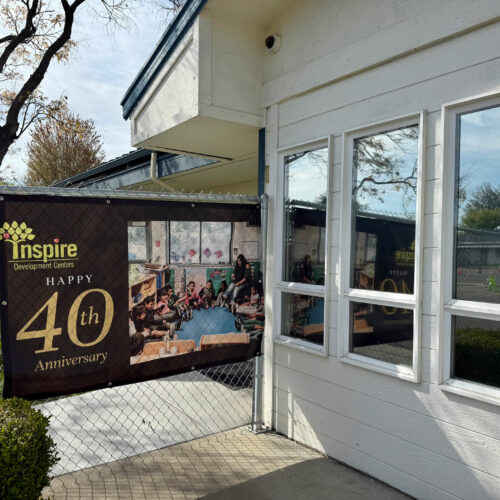
Repentina suspensión de Head Start afecta a cientos de niños en el centro de Washington
Suspensión de los programas Early Head Start y Head Start afecta a siete Inspire Development Centers en el centro de Washington, dejando a más de 400 niños sin apoyo educativo después de que la financiación federal nunca llegara. También provocó el despido de más de 70 personas.
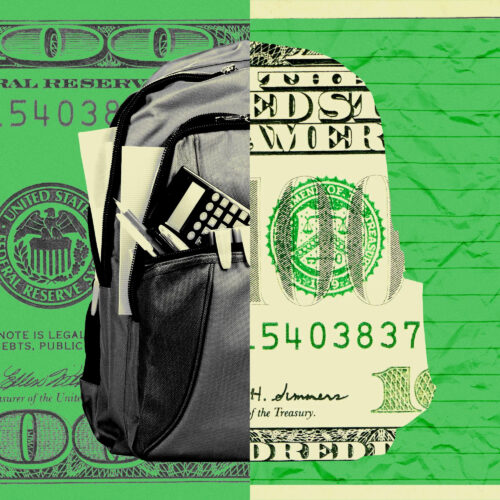
Idaho gave families $50M to spend on private education. Then it ended a $30M program used by public school families
Just weeks after creating a $50 million tax credit to help families pay for private school tuition and homeschooling, Idaho has shut down a program that helped tens of thousands of public school students pay for laptops, school supplies, tutoring and other educational expenses.

